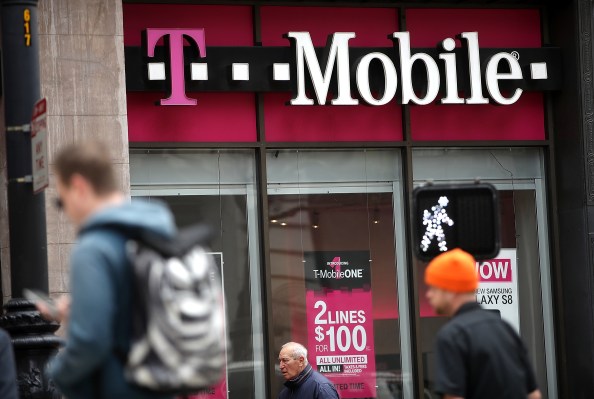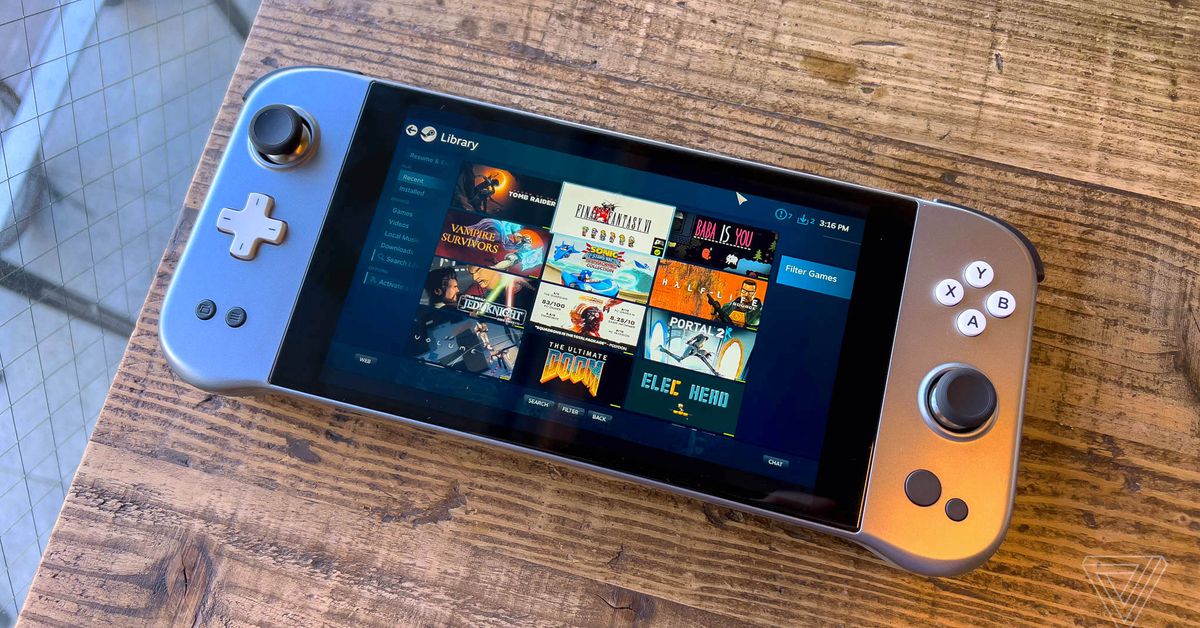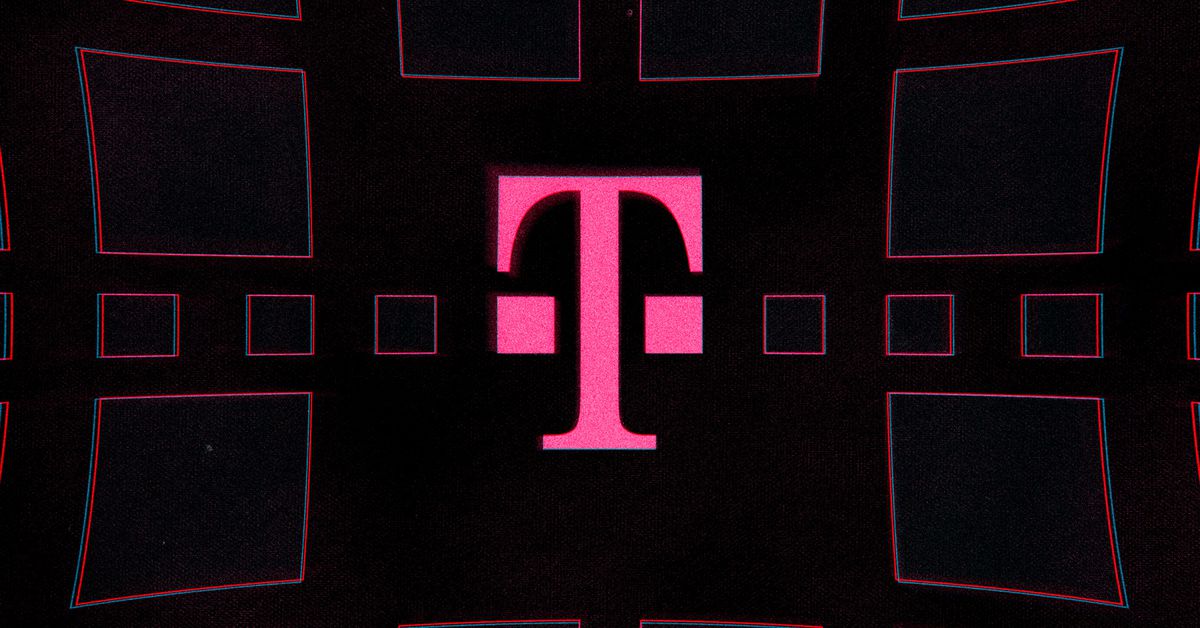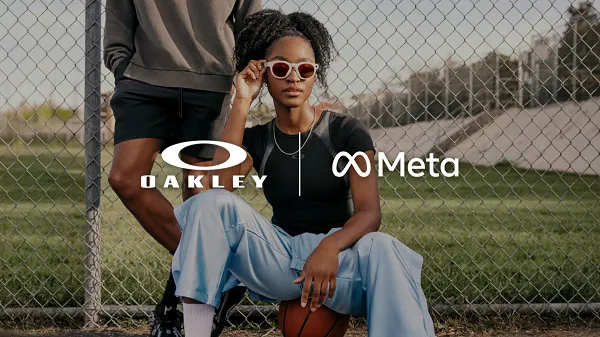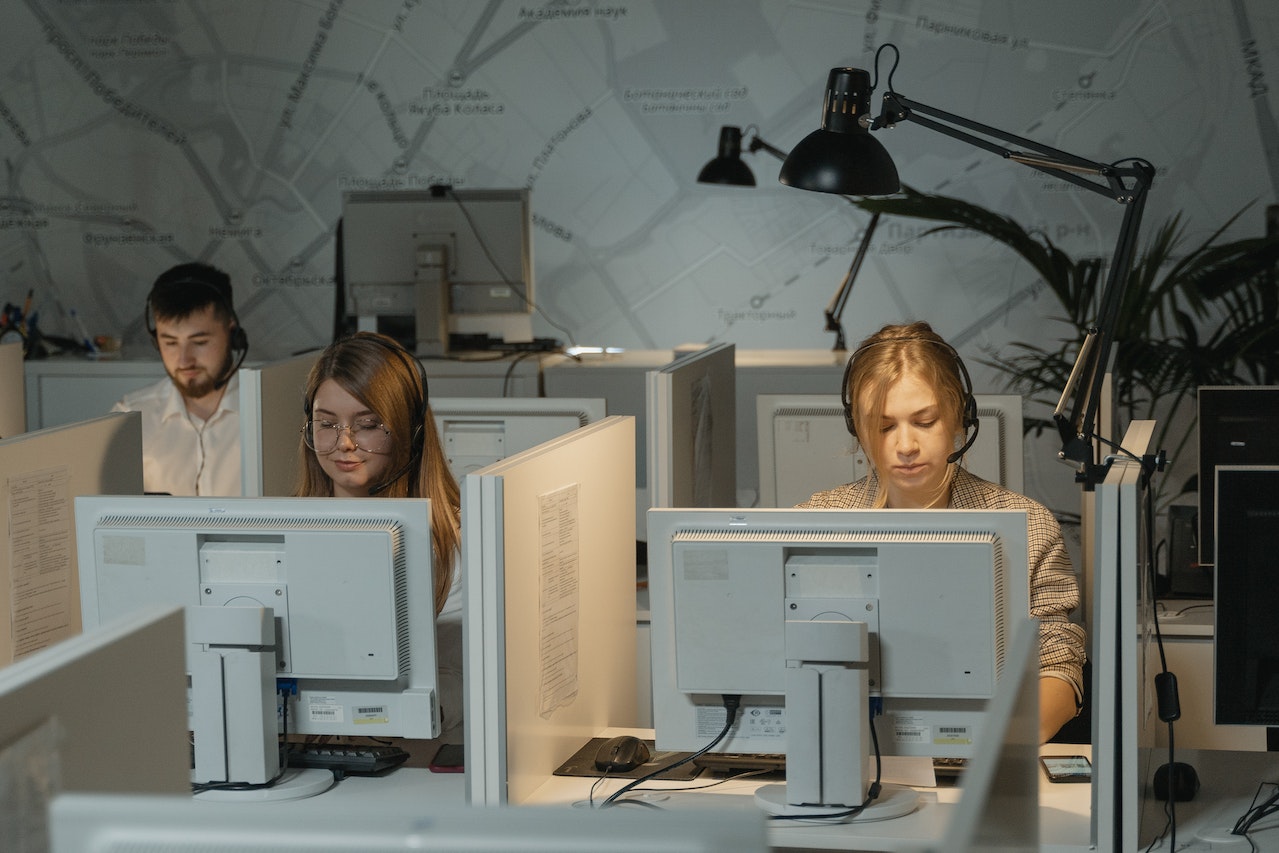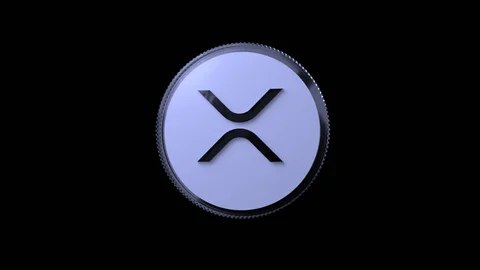Why Boeing’s successful Starliner test is a big deal
Boeing’s Starliner took off for the International Space Station on May 19. | Joel Kowsky/NASAElon Musk’s SpaceX finally has some competition. Starliner, a space capsule designed by Boeing, landed safely in the New Mexico desert early Wednesday evening. The...
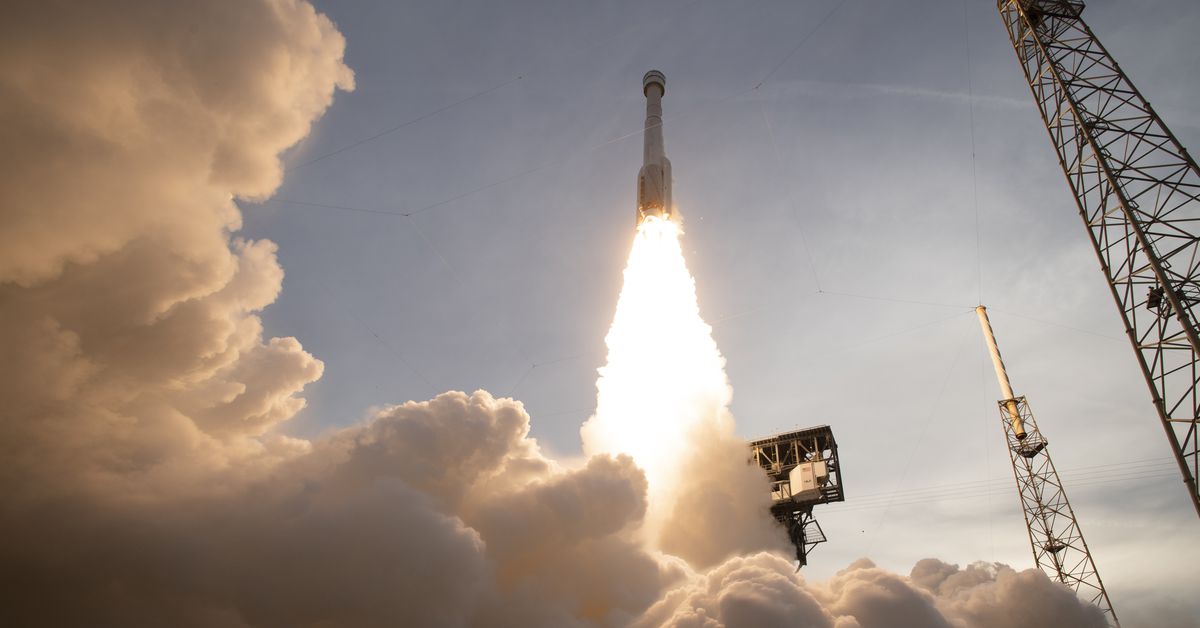
Starliner, a space capsule designed by Boeing, landed safely in the New Mexico desert early Wednesday evening. The vehicle’s return to Earth came after a nearly weeklong trip to the International Space Station. This journey made history, as it marked the first time that a private American company not named SpaceX successfully reached the ISS.
Boeing has spent the last several years trying to build a capsule that could transport humans to the space station. And it could do just that on its next mission, which is slated to happen later this year (the only passenger on the Starliner this time around was a mannequin named Rosie the Rocketeer). If Boeing is able to successfully recreate the mission with human passengers on board, it will become the second US spacecraft certified to carry astronauts to the ISS. SpaceX’s Crew Dragon is the only other American spacecraft vehicle to have done so (the US has occasionally sent astronauts to the ISS on Russia’s Soyuz rocket).
Space is playing an increasingly active role in everyday life, whether that’s through the rise of space tourism or satellite internet. That makes this moment an important milestone for competition in the commercial space industry. It’s also a critical step forward for anyone worried that the future of space is already too dependent on a single company, one that’s largely controlled by Elon Musk.
“SpaceX was once seen as a new space actor, but today, it’s so dominant, you can see that it’s a legacy actor,” Namrata Goswami, an independent scholar of space policy, told Recode. “NASA collaborated with Boeing through the commercial crew program because of the fear that if you just have dependency on one company, you might be in trouble in case something goes wrong.”
For now, NASA is still dependent on SpaceX. While this week’s Starliner mission to the ISS was successful, there are several issues Boeing will need to address before its next launch. After the capsule — which was carried by an Atlas V rocket manufactured by United Launch Alliance, Boeing’s partnership with Lockheed Martin — took off, two of its thrusters shut down prematurely, which meant the vehicle had to rely on backups.
There were also issues with Starliner’s cooling system and problems with the vehicle’s software, components, and sensors that delayed docking with the ISS by more than an hour. Boeing says all those problems can be fixed, and if that happens, NASA is poised to certify Starliner for trips to the ISS. The company can then start its own astronaut taxi service and begin competing with SpaceX for the space agency’s contracts. Ideally, that would not only make it easier for astronauts to visit the ISS more often, but it could also drive down the cost of traveling to space.
:no_upscale()/cdn.vox-cdn.com/uploads/chorus_asset/file/23588715/GettyImages_1234402977.jpg) Boeing’s Starliner was launched by an Atlas V rocket. NASA/Aubrey Gemignani
Boeing’s Starliner was launched by an Atlas V rocket. NASA/Aubrey Gemignani
NASA has actually been working for years on a plan to avoid a space monopoly. After the agency retired the Space Shuttle program in 2011, the US government had no way of traveling to the ISS and was entirely dependent on Russia for trips to outer space, which was not only expensive but risky from a geopolitical standpoint. To solve this problem, NASA changed its approach and turned to the private sector to build replacements. In 2014, the space agency announced that it had hired Boeing and SpaceX to develop their own space capsules, which would ideally be ready to transport astronauts within three years. The agency made a deliberate choice to invest in two very different types of companies. Boeing was a longtime aerospace contractor and partner for NASA projects, including the ISS and the Apollo moon mission. SpaceX was a budding space startup and a new NASA partner, one that represented the future of the commercial space industry.
Neither company had a vehicle ready by 2017, and both faced issues with their landing parachutes and launch abort systems. SpaceX ended up successfully transporting human astronauts to the ISS with its Crew Dragon spacecraft in 2020, while Boeing continued to struggle with Starliner’s design. During the vehicle’s first test flight in 2019, Boeing uncovered a major software bug that could have led to a massive failure in space, as well as an issue with the capsule’s internal clock, which forced officials to cut the test short and cancel plans to dock the capsule at the ISS. Boeing was forced to delay a second test last October after the company found a problem in Starliner’s propulsion system just hours before it was set to launch. Despite all these issues — and even though it already has a functional vehicle in SpaceX’s Crew Dragon — NASA remains eager for Starliner to succeed with a manned mission to the ISS.
“If you only have one, you get locked into that situation where you might end up paying a lot of money because there’s no one else competing for the business, and it’s enormously expensive,” explained Cristina Chaplain, a space analyst who previously reviewed space programs for the Government Accountability Office. “It’s important to keep costs low, and having that kind of competition is how you do it.”
This is part of a conscious effort by NASA. The agency has taken on the responsibility of fostering competition in the space industry, usually by bringing on multiple companies to compete for the same lucrative contracts. This approach has already made its efforts to explore even deeper into space more cost-effective. In the near term, that includes work on Artemis, NASA’s mission to return to the moon. And looking ahead, the agency is using this strategy as it begins the process of replacing the ISS, which is expected to happen around 2030. NASA has awarded preliminary funding to at least four different space station concepts, including proposals from Northrop Grumman, which has been an aerospace and military contractor for decades, and Jeff Bezos’s space startup Blue Origin.
:no_upscale()/cdn.vox-cdn.com/uploads/chorus_asset/file/23589775/GettyImages_1240906574.jpg) After nearly a week in space, Starliner landed in New Mexico on Wednesday evening. Bill Ingalls/NASA
After nearly a week in space, Starliner landed in New Mexico on Wednesday evening. Bill Ingalls/NASA
The commercial space race may seem like a far-flung worry for people on Earth, but it’s not. Competition in the space launch business is already having a real impact on satellite-based services like GPS, weather tracking, and space-based internet services, like SpaceX’s Starlink and Amazon’s Project Kuiper. As more companies that can launch these satellites have emerged, all of these technologies have become more accessible. Since the Space Shuttle program shut down, for example, the price of sending a pound of payload into orbit has decreased by an order of magnitude, and the cost could get even lower as more startups begin launching satellites. In addition to known companies like SpaceX and the longtime French launch provider Arianespace, there is also a growing number of startups that are or may soon be capable of sending satellites into space, including Rocket Lab, Virgin Galactic, and Blue Origin.
“It has a deep impact on all data transmission, voice transmission, global positioning,” said William Kovacic, a George Washington University Law professor who has written about competition in the space industry. “If competition in that system falters, if we don’t have continuing innovation and improvements in performance, if launch vehicle providers can’t put satellites in the right place, it has a major ripple effect through the entire economy.”
The nightmare scenario of a space monopoly isn’t too different from the fear of a monopoly here on Earth. If just one company gains too much control over the space market and gets too far ahead with its tech, it’s possible that future competitors could be blocked out of space for good. That means a single company, like SpaceX, could end up with an enormous amount of influence over how humans visit and utilize resources in space.
The stakes here are almost unimaginable. Space companies aren’t just shaping how humans will explore the moon and other planets, like Mars. They’re also shaping technologies that we use every day, whether that’s internet service or products that haven’t been invented yet. If history is any indication, monopolies are often bad, so it’s not ideal to start humanity’s venture off-planet dependent on one. Starliner’s launch is at least another step forward for making sure that’s not what happens.

 MikeTyes
MikeTyes 







